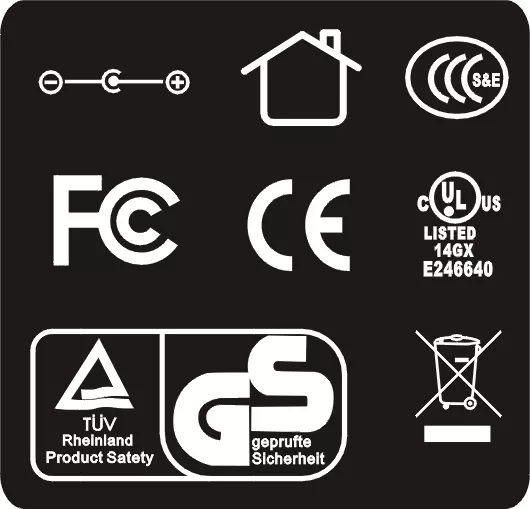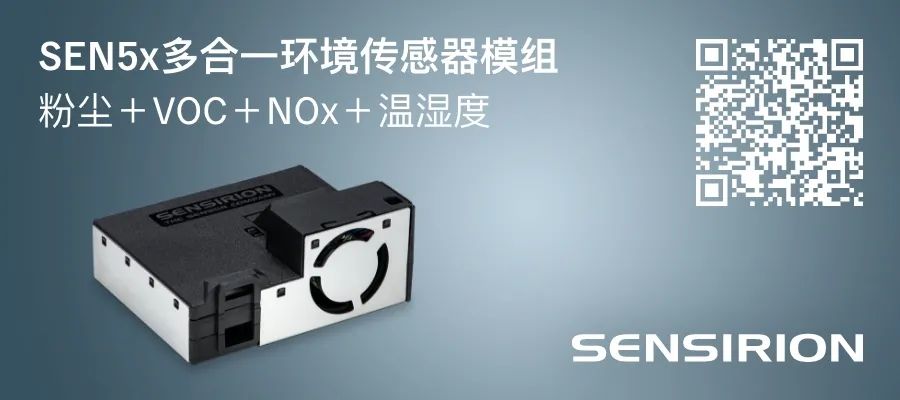
-
FCC, CE, Hand Symbol, and Trash Can Symbol on Atmel Development Boards
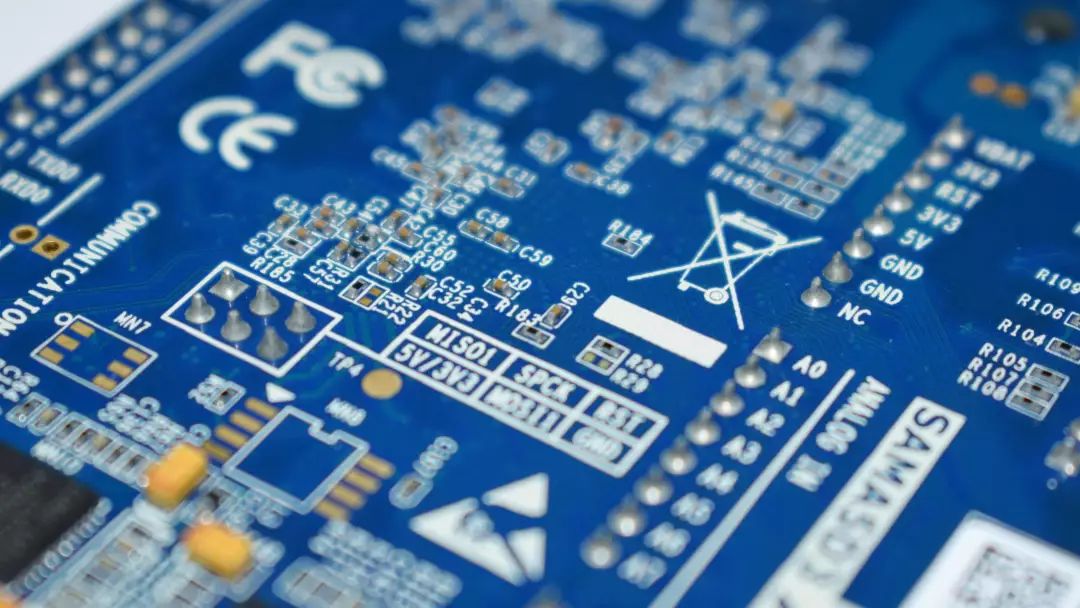
-
RoHS and RU Symbols on NXP Development Boards
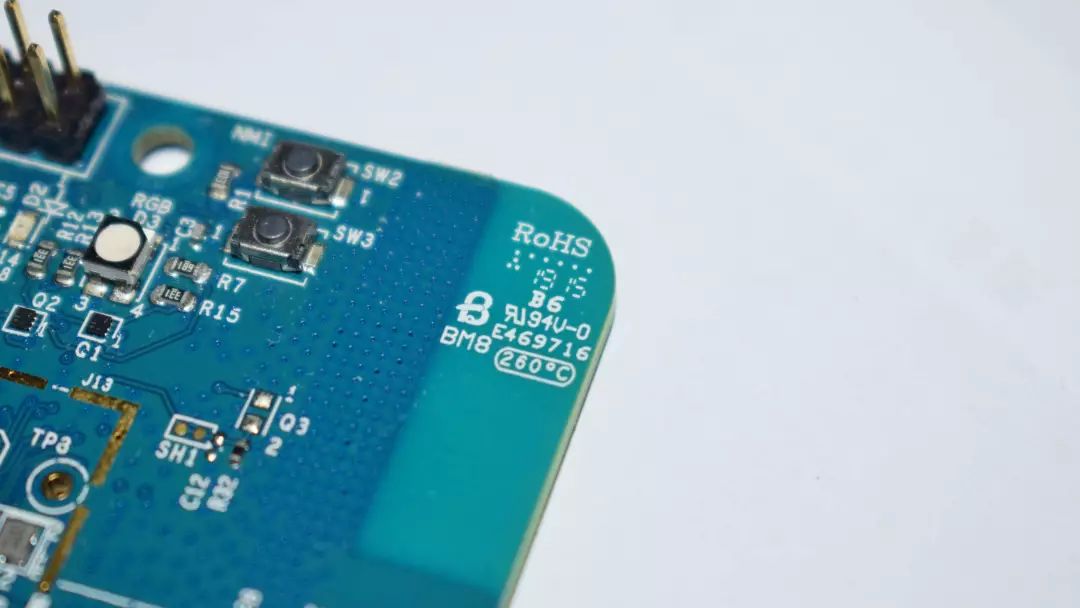
-
Hand Symbol, Trash Can Symbol, and Pb Symbol on NXP Development Boards
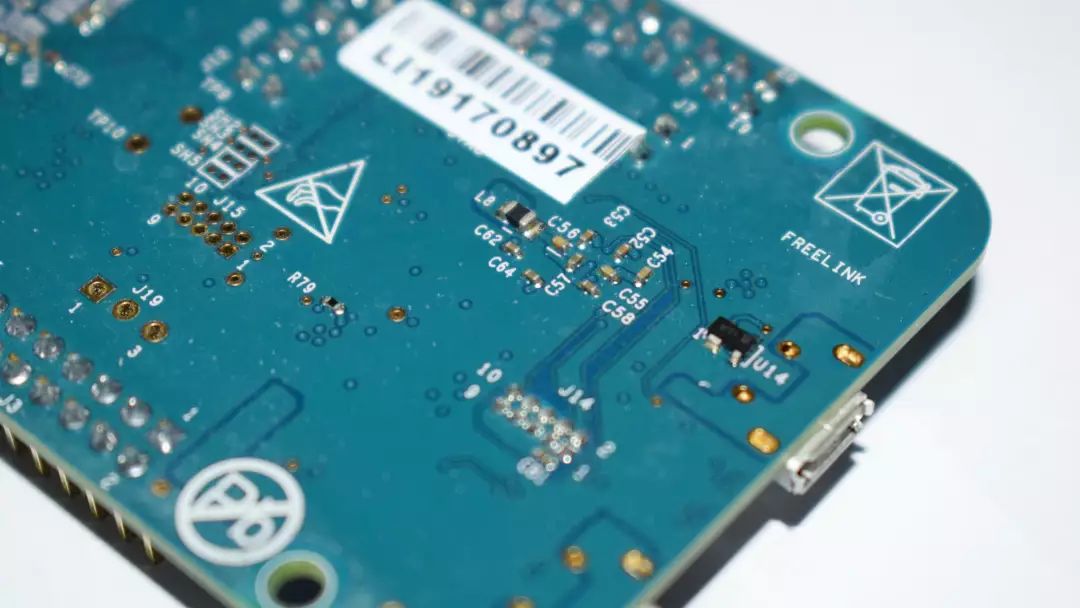
-
CE and FCC Symbols on Arduino Development Boards
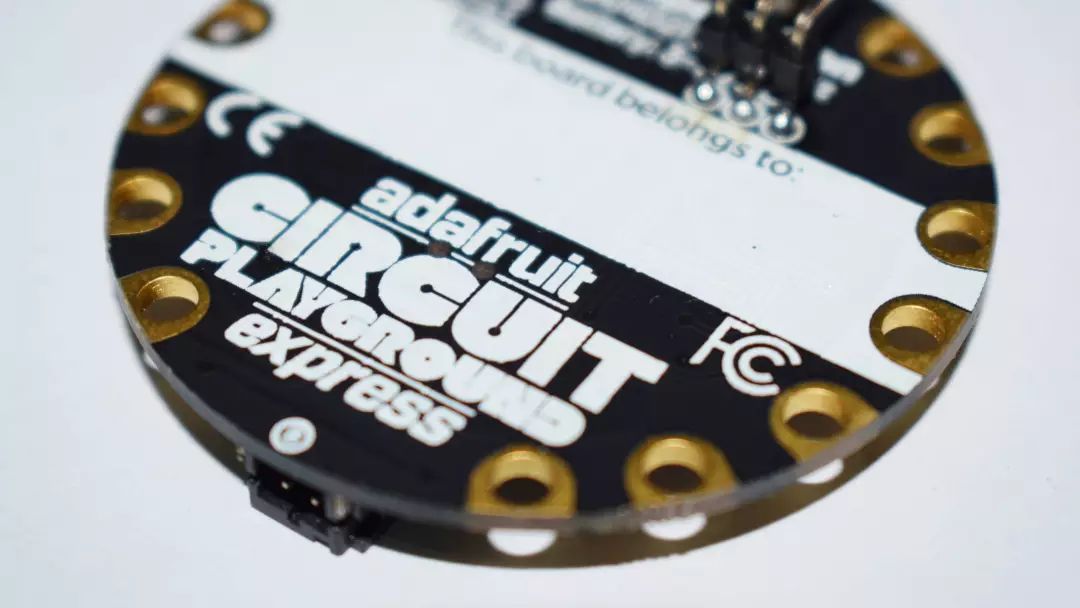
-
RU Symbol on Toshiba Development Boards
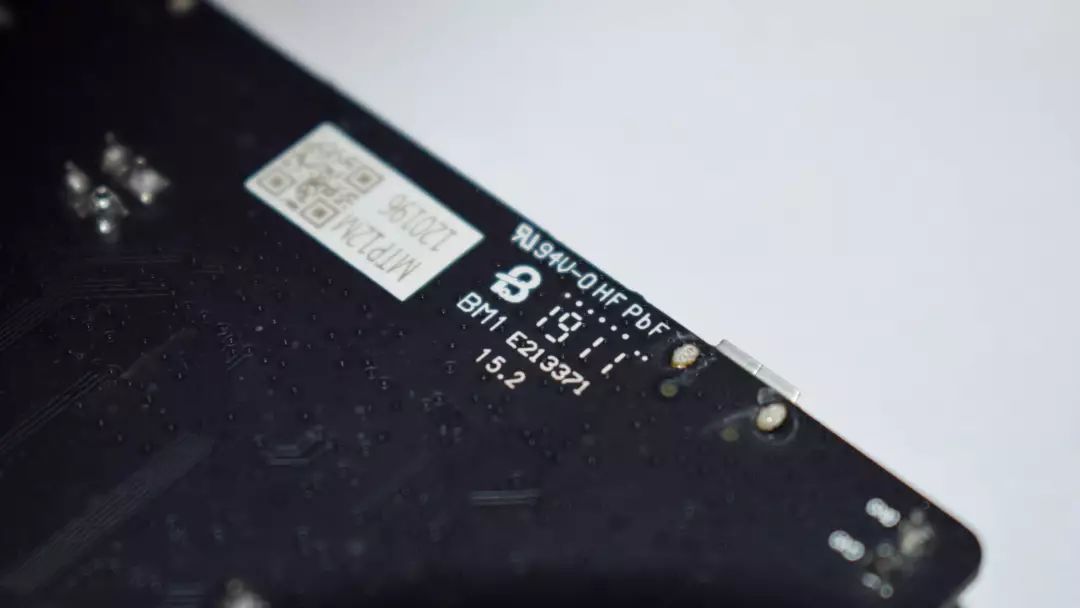
-
Trash Can Symbol, KC Symbol, FCC Symbol, and CE Symbol on SanDisk USB Drives
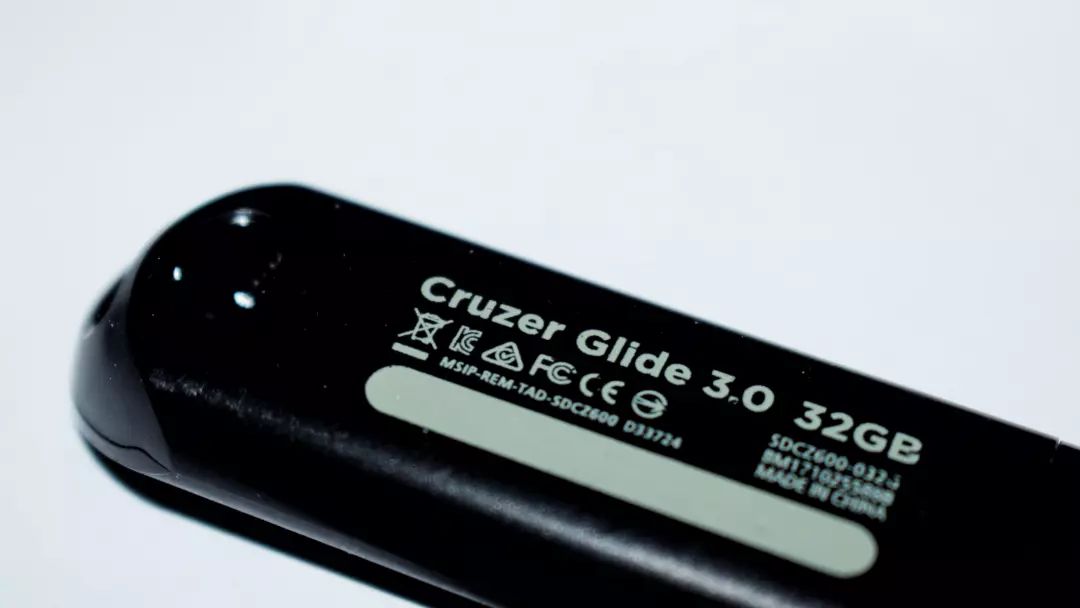
-
WiFi and Bluetooth Symbols, FCC Standard, and CE Symbol on Aisink ESP32 WiFi + Bluetooth Module
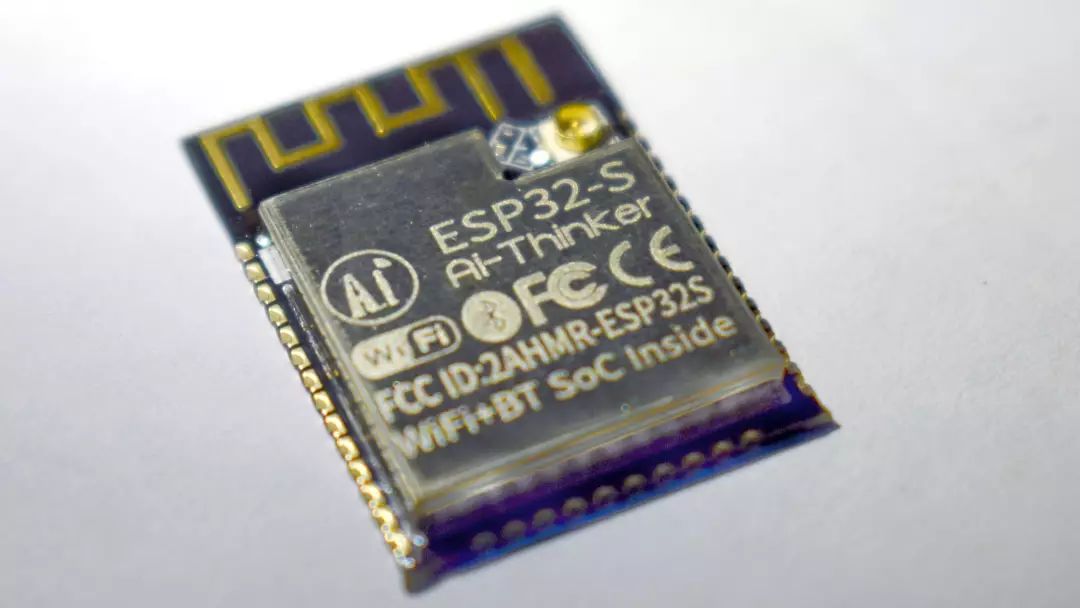
Symbols
-
Antistatic Symbol
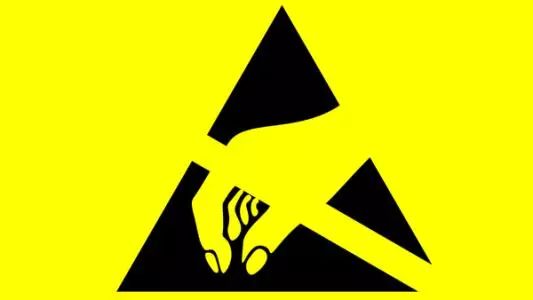
-
WEEE Symbol
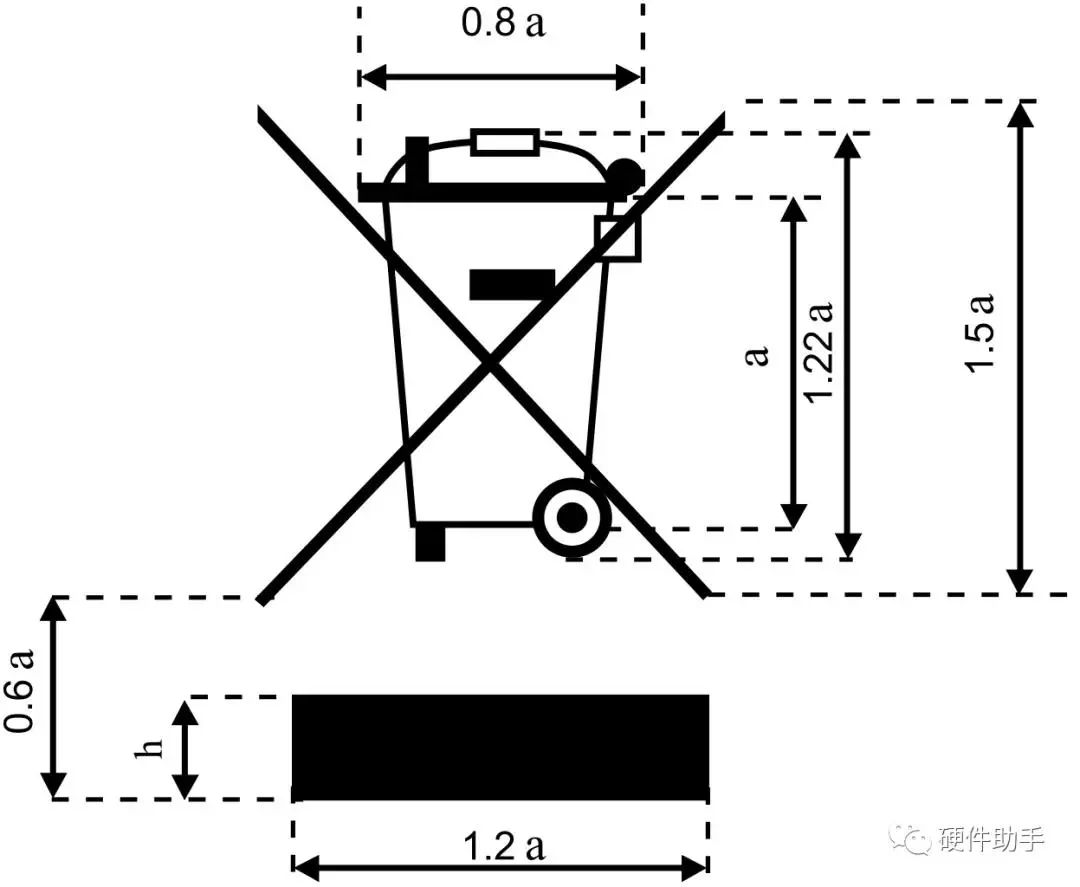
Domestic Certification
CCC Certification: China Compulsory Certification
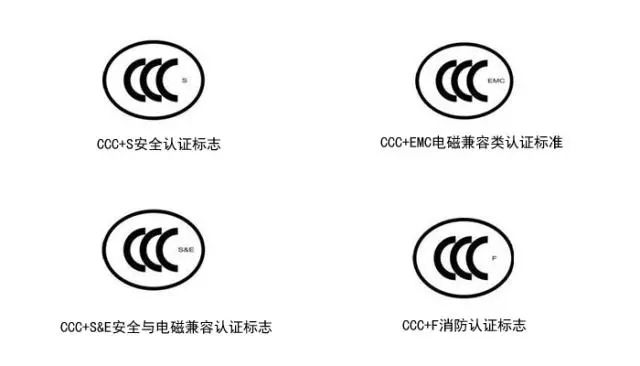
-
CQC Certification: China Quality Certification Center
-
SRRC Certification: National Radio Administration Commission Mandatory Certification
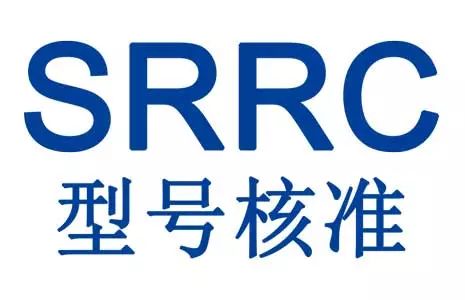
Global Certification
CB Certification: International Electrotechnical Commission CB Certification.
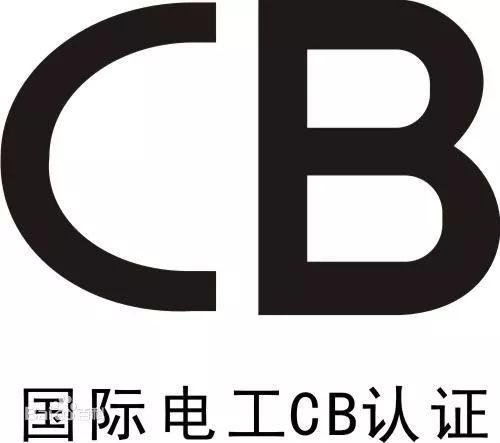
North American Certification
-
UL Certification: Underwriters Laboratories Inc.
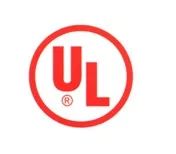
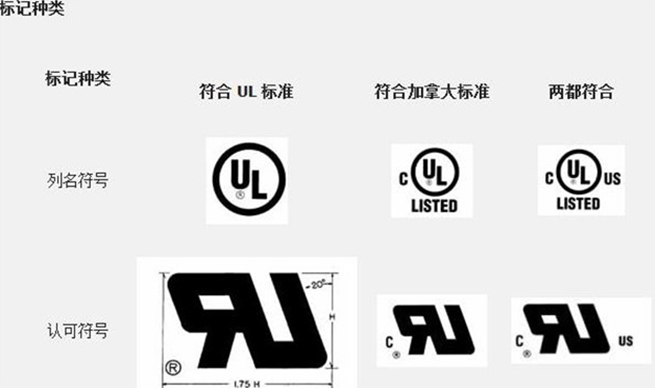
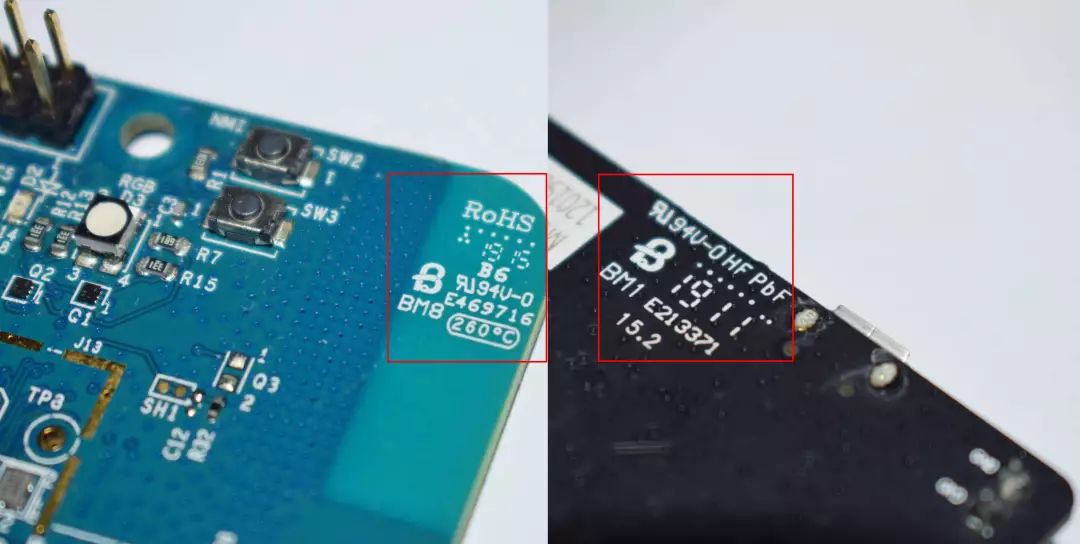
-
HB: The lowest flame retardant grade in UL94 standard. -
V-2: After two 10-second combustion tests on the sample, the flame extinguishes within 30 seconds. It can ignite cotton wadding 30cm below. -
V-1: After two 10-second combustion tests on the sample, the flame extinguishes within 30 seconds. It cannot ignite cotton wadding 30cm below. -
V-0: After two 10-second combustion tests on the sample, the flame extinguishes within 10 seconds. No burning material can fall.
-
ETL Certification: ETL certification is required for products exported to the United States and Canada.
ETL certification is required for products exported to the United States and Canada. The ETL mark indicates that the product has passed the recognized testing by NRTL in the United States or SCC in Canada. Intertek is one of the few certification bodies recognized by OSHA and SCC. The ETL mark is equivalent in effect to UL or CSA marks and meets relevant safety standards.
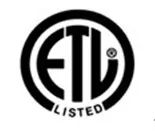
-
FCC Certification: The Federal Communications Commission (FCC) is the U.S. government agency authorized to manage radio, telecommunications, and digital devices.
The FCC is the U.S. government agency authorized to manage radio, telecommunications, and digital devices; it manages the import and use of radio frequency devices, including computers, fax machines, electronic devices, radio receiving and transmitting devices, remote-controlled toys, telephones, personal computers, and other products that may pose safety risks; it coordinates domestic and international communications by controlling radio broadcasting, television, telecommunications, satellites, and cables, and regulates equipment in this area.
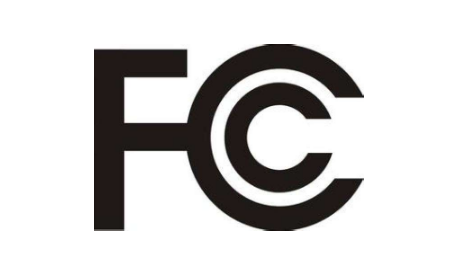
-
IC Certification: IC is the abbreviation for Industry Canada, the Canadian Ministry of Industry, which sets testing standards for analog and digital terminal devices.
The IC certification standards are basically consistent with FCC standards; IC currently only imposes restrictions on electromagnetic interference. The Canadian Ministry of Industry is responsible for the certification of electronic and electrical products entering the Canadian market, requiring that imported electronic products must pass relevant EMC certifications. Its responsibilities largely include broadcasting and television equipment, information technology equipment, radio equipment, telecommunications equipment, and engineering medical equipment, similar to the U.S. FCC, with IC currently only imposing restrictions on electromagnetic interference.
EU Certification
-
CE Certification: The CE certification system is the access system for electrical products in the EU, which is a mandatory legal requirement.
CE certification is a mandatory product safety certification system implemented by EU countries, aimed at protecting the lives and property of the people in EU countries, generally targeting products that pose certain dangers encountered by the public in daily life, such as most electrically charged products that have the risk of electric shock, thus requiring CE certification. This is also an internationally accepted practice; for example, China has its own mandatory product certification system (CCC certification), Japan has PSE certification, and Australia has SAA certification, all aimed at protecting the lives and property of their citizens.
It is particularly important to note that for Chinese manufacturers to enter the EU market, CE certification is a mandatory requirement. Whether the products are produced by EU internal enterprises or products from other countries, to circulate freely in the EU market, they must complete CE certification and affix the CE mark to indicate that the product meets the basic requirements of the EU’s “New Approach to Technical Harmonization and Standards” directive. Otherwise, it is considered illegal, which could lead to customs clearance issues, recalls, or fines.
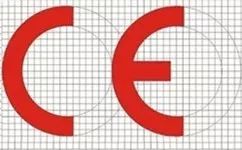
The CE mark applies to all EU countries, covering 80% of industrial and consumer goods in the European market and 70% of EU imports. According to EU law, CE certification is mandatory. Therefore, if a product has not undergone CE certification and is recklessly exported to the EU, it will be considered illegal. For example, in France, the potential consequences include:
-
Product cannot pass customs;
-
Seizure and confiscation;
-
Fines of up to five thousand pounds;
-
Withdrawal from the market and recall of all used products;
-
Criminal liability;
-
Notification to the EU.
-
RoHS Certification: RoHS is a mandatory standard legislated by the EU.
Its full name is the Directive on the Restriction of the Use of Certain Hazardous Substances in Electrical and Electronic Equipment. This standard officially came into effect on July 1, 2006, primarily aimed at regulating the material and process standards of electronic and electrical products to make them more beneficial to human health and environmental protection.
The purpose of this standard is to eliminate the six hazardous substances in electrical and electronic products: lead, mercury, cadmium, hexavalent chromium, polybrominated biphenyls, and polybrominated diphenyl ethers (Note: the correct Chinese name for PBDE refers to polybrominated diphenyl ethers; the term polybrominated biphenyl ethers is incorrect), and it specifically stipulates that the cadmium content must not exceed 0.01%.
This directive was officially published on February 13, 2003, and the restricted hazardous substances include: lead (Pb), cadmium (Cd), mercury (Hg), hexavalent chromium (Cr6+), polybrominated biphenyls (PBBs), and polybrominated diphenyl ethers (PBDEs). In 2015, four additional phthalates were added, increasing the restricted hazardous substances to ten, also known as RoHS2.0.
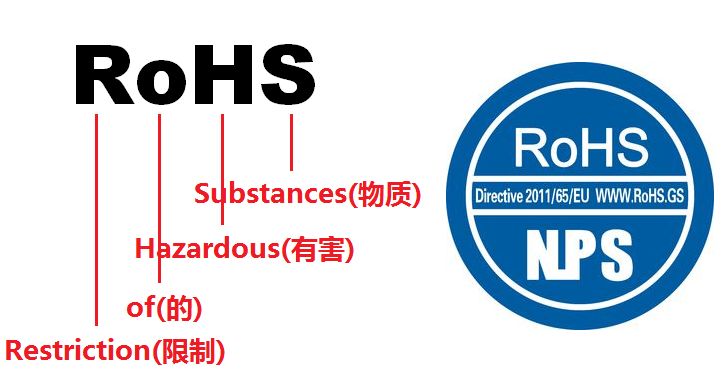
RoHS 2.0 ten hazardous substance restriction requirements:
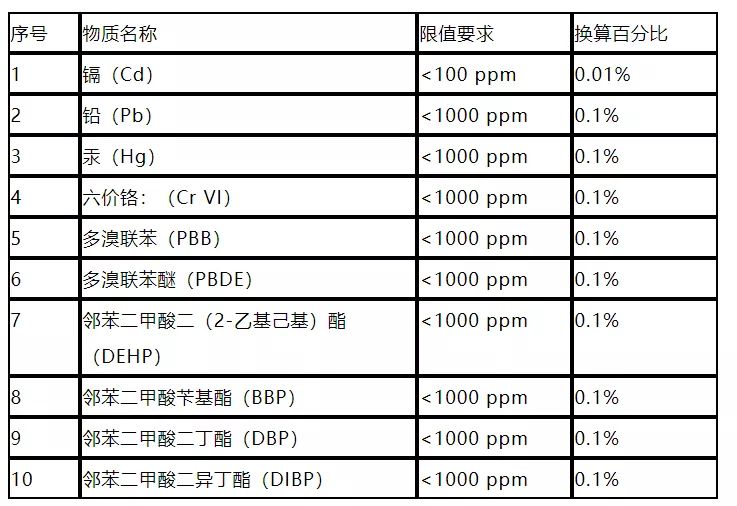
In addition, it is important to note that the RoHS2.0 directive has been incorporated into the CE certification scope, so compliance with RoHS2.0 must now follow the CE conformity assessment procedures to conduct relevant evaluations, issue a CE-RoHS certificate, or self-declare, and affix the CE certification mark on the product itself or its outer packaging.
-
TÜV Certification: TÜV (Technischer Überwachungs Verein) is the abbreviation for the German “Technical Inspection Association”.
In Germany, TÜV is the government-designated official certification body, with over 130 years of history, and is one of the most widely applied third-party certifications in the world, providing quality and safety assurance for electrical, electronic, and machinery products.
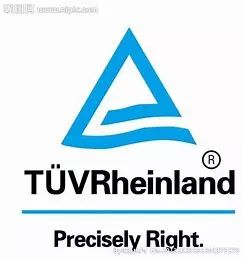
-
E-Mark Certification: The E-mark is a certification system for automotive parts based on the regulations of the Economic Commission for Europe.
The Economic Commission for Europe is a branch of the United Nations, consisting of European countries and some non-European countries, such as Japan. The E-mark is based on the EU directive 2009/19/EC, targeting the European Community market. However, from the acceptance level among member countries, the E-mark is non-mandatory and can be chosen freely, while the E-mark is mandatory for member countries.

South Korea Certification
-
KC Certification: KC Mark Certification Products List (KC certification product catalog) is based on the Safety Management Act for Electrical Appliances in South Korea.
Unlike the above certification types, KC certification is a certification for manufacturers or factories. If a manufacturer needs to apply for the KC mark, they must first apply to the Korea Electrical Testing Institute (KETI) or the Korea Testing Laboratory (KTL). If a product is produced by several independent factories, even if the product is the same model, all factories must obtain the certification mark simultaneously.
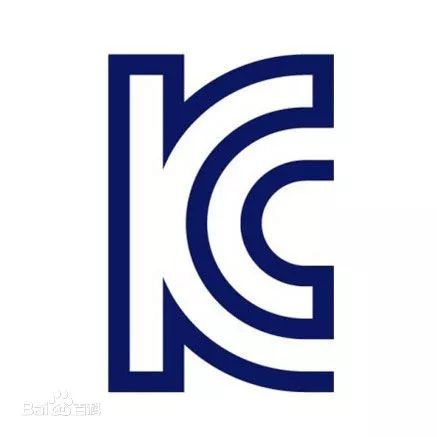
Japan Certification
-
PSE Certification: PSE is a requirement of the “Electrical Appliance and Material Safety Law” implemented since 2001, targeting most household or commercial electrical devices.
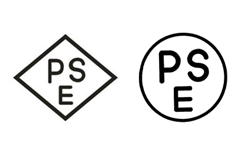
PSE certification is a mandatory market access system for electrical appliances in Japan (referred to as “conformity check” in Japan), which is an important part of the Japanese “Electrical Appliance Safety Law”. PSE is the abbreviation for “Product Safety of Electrical Appliances & Materials”.
Currently, the Japanese government classifies electrical appliances into “specific electrical appliances” and “non-specific electrical appliances”. The “specific electrical appliances” category includes 115 products; the “non-specific electrical appliances” category includes 339 products.
PSE includes both EMC and safety requirements. Products listed in the “specific electrical appliances” directory must pass certification from a third-party certification body authorized by the Ministry of Economy, Trade and Industry of Japan to enter the Japanese market, obtain a certificate of compliance, and have a diamond-shaped PSE mark on the label.
-
VCCI Certification: VCCI is Japan’s electromagnetic compatibility certification mark.
It is managed by a private organization called the Voluntary Control Council for Interference by Information Technology Equipment (VCCI). VCCI certification targets information technology equipment (ITE) rated at voltages not exceeding 600 volts, primarily designed for data and information entry, storage, display, retrieval, transmission, processing, exchange, or control (or a combination of several functions).
Currently, the standards adopted by VCCI are fully equivalent to the international standard CISPR 22. The electromagnetic emission limits of CISPR 22 are divided into Class A and Class B, and products must meet Class A or Class B requirements and affix the corresponding VCCI mark. VCCI certification is non-mandatory, but information technology products sold in Japan are generally required to undergo VCCI certification.
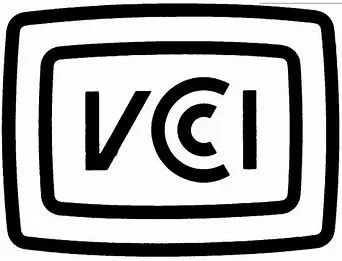
-
TELEC Certification: TELEC is Japan’s mandatory certification for wireless products, similar to SRRC in China.
Japan’s TELEC certification includes two types of certification: testing certification and type certification. Testing certification is for verifying each device unit, and this certification is only valid for each verified device unit, while type certification refers to verifying samples of a batch of devices with the same design and manufacture, and this certification is valid for that batch of devices. However, if the design or manufacture of the device changes, the device will need to be re-certified.
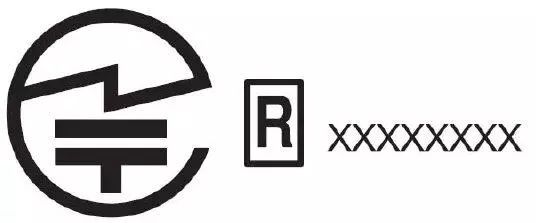
Australia Certification
-
SAA Certification: SAA is the local safety regulation that electrical products must comply with to enter the Australian market, a certification frequently encountered in the industry.
The standard organization in Australia is the SAA (Standards Australia Association), later renamed Standards Australia Limited. Due to the mutual recognition agreement between Australia and New Zealand, all products certified in Australia can smoothly enter the New Zealand market for sale. All electrical products must undergo safety certification (SAA).
SAA Approvals Pty Ltd is a certification body recognized by the Joint Accreditation System of Australia and New Zealand (JAS-ANZ), which can issue approval certificates for declared and non-declared electrical equipment that meet Australian electrical equipment safety standards.
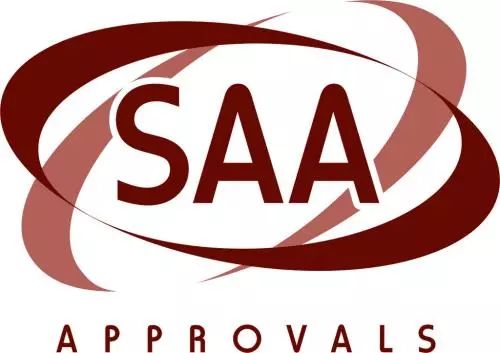
Bluetooth and WiFi Certification
If your product has Bluetooth functionality and marks the Bluetooth logo on its exterior, it must pass a certification called BQB (Bluetooth Qualification Body). Bluetooth certification is very important. Only products certified by the Bluetooth SIG organization are truly Bluetooth products, ensuring that the product’s compatibility and related performance meet Bluetooth standards, allowing legal use of the Bluetooth or BLUETOOTH logo and related Bluetooth technical specifications.
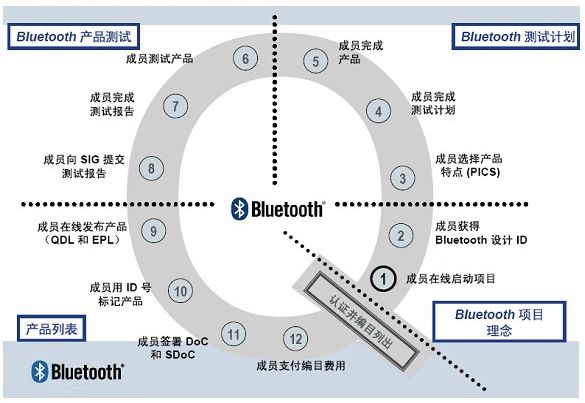
Wi-Fi certification is aimed at wireless LAN products based on the IEEE 802.11b standard, and the Wi-Fi certificate is issued by a non-profit industrial organization (WECA). WECA was established in August 1999, and as of now, membership has quickly increased to over 150, with 370 products worldwide having obtained Wi-Fi certification. WECA’s core work is testing and certification.
Aisink ESP32 WiFi + Bluetooth Module
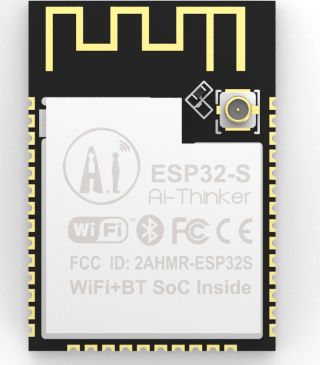

Other Country Certifications
-
Indonesia POSTEL Certification (POSTEL of Indonesia): All communication products imported to Indonesia must pass the type certification and customs inspection by the Directorate General of Post and Telecommunications (DGPT).
-
Malaysia SIRIM Certification (SIRIM certification of Malaysia): Malaysia’s product certification system is divided into mandatory certification and voluntary certification. Communication devices and the 31 major categories of electrical products specified in the Electrical Equipment Approval Regulations must undergo mandatory type certification and safety certification, while other products fall under voluntary certification.
-
Thailand NTC Certification (NTC certification of Thailand): The National Telecommunications Commission of Thailand (NTC) has set clear specifications and restrictions for telecommunications equipment, requiring that communication products exported to Thailand must pass NTC certification and affix the NTC label.
-
Singapore IDA Certification (IDA certification of Singapore): The management of telecommunications products in Singapore is handled by the Infocomm Development Authority of Singapore (IDA), based on technical specifications set by IDA. These technical specifications outline the minimum technical requirements for telecommunications equipment intended for sale and use in Singapore.
-
Singapore CSP Scheme and Safety Mark (CSP Scheme and safety mark in Singapore): The products regulated under the CSP scheme include household appliances, audio and video products, home computers, fixed lighting appliances, plugs and sockets, and components of liquefied petroleum gas systems, among others. The CSP scheme requires suppliers to register with SPRING Singapore before selling products in Singapore, becoming “Registered Suppliers”; regulated products must also obtain a certificate of compliance (COC) from a qualified assessment body (CABs) (valid for three years); registered suppliers must submit the COC to SPRING Singapore, and after verification, affix the safety mark before selling or advertising the registered regulated products.
-
India STQC Certification (STQC certification of India): The STQC safety certification system (S mark) is a third-party certification system for electronic products, issued by the Standardization Testing and Quality Certification (STQC) center under the Department of Information Technology (DIT) in India. This safety certification system aims to demonstrate compliance with relevant IEC safety standards through assessment, testing, and subsequent supervision. Currently, STQC accepts voluntary certification applications from manufacturers, who can apply voluntarily based on their needs.
Certification Application
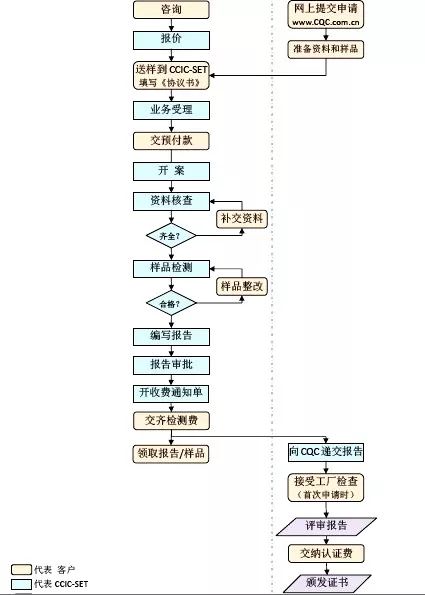
Finally
After reading this article, do you understand the certifications of various countries? Do you know what the symbols on the boards mentioned at the beginning of the article mean?
